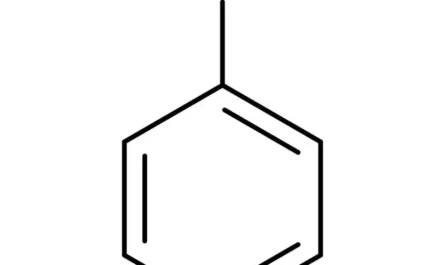What are Intumescent Coatings?
Intumescent coatings are thin film coatings that contain chemicals which react in reaction to heat and expand into an insulating charred layer. When exposed to fire or heat as in case of fire, the coatings swell up and form an insulating charred layer protecting the substrate material from heat and fire. The coating effectively blocks heat transfer and prevents objects from ignition, keeping them cool on the unexposed side for a defined period of time.
Composition and Mechanism
An Intumescent Coatings contains three primary components – an acid source, a carbon source and a spumific. When heat is applied, the acid source dehydrates and breaks down, producing gases. The carbon source charrs and expands, forming a thermally insulating char. The spumific acts as a blowing agent, causing the mixture to foam and swell. Together, these three components react synergistically to produce a thick, low-density char layer which acts as an insulant protecting the substrate from heat. This swelling and charring processes starts at temperatures as low as 130°C.
Applications in Fire Protection
Given their ability to swell into an insulating char layer when exposed to heat or fire, intumescent layers find wide application in fire protection across industries. Some key uses are:
– Steel Structures: Intumescent layers are often applied to structural steel members like beams, columns and joists as a fireproofing solution. The char layer protects the steel from heat, maintaining its strength and integrity for a defined period as required by codes.
– Concrete Structures: Used on buildings with concrete slabs, floors and walls as a passive fire protection solution. Helps delay the spread of fire and prevents structural failure.
– HVAC Ducting: Ensures ducts and air distribution systems maintain integrity under fire for the required rated period to avoid smoke spread through ventilation.
– Electrical Wires and Cables: Protects wiring, cables and communication lines from heat during fire, allowing continued functionality of systems.
– Marine Applications: Provides fire protection on ships for engine rooms, galleys and accommodation blocks as per regulatory classification society standards.
– Industrial Plant and Equipment: Critical process equipment and pipework coating maintains functionality and prevents failure under fire conditions.
Advantages over Traditional Methods
Compared to traditional fireproofing methods like cementitious and gypsum plastering, intumescent layers offer several advantages:
– Thin Film Application: Can be applied in thin coats of 0.5-5mm thickness versus thicker plaster systems, minimizing added weight and space requirements.
– Easy Application: Can be roll or spray applied to any geometry, complex shapes versus laborious manual plastering. Faster installation reduces costs.
– Durable Coating: Hard, abrasion resistant char layer forms a durable barrier not affected by environmental conditions unlike other friable materials.
– Minimal Noise and Dust: Negligible noise, dust and debris during application versus sanding and drilling of plaster systems. Safer work conditions.
– Water Resistant: Maintains integrity when wet, while gypsum/cement plasters can delaminate or erode when exposed to moisture over time.
Selection and Specification
Several factors determine the selection of appropriate intumescent coating systems including the type of substrate, required fire resistance rating, environmental conditions, code approvals and certifications required.
Coatings are third party tested and certified to international fire standards like UL, ASTM, BS for performance criteria like adhesion, bond strength, integrity and insulation under fire conditions. Specifiers typically choose certified intumescent coating systems matching the desired classification and fireproofing requirements.
Overall, With the ability to swell into an insulating char protection layer, intumescent layers have emerged as a highly effective solution for passive fire protection of structures and critical assets. Their thin film application, durability, ease of installation and advantages over traditional methods have made them a preferred fireproofing technique globally across industries. When specified and applied according to approvals, intumescent layers reliably ensure life and fire safety.
*Note:
1. Source: Coherent Market Insights, Public sources, Desk research
2. We have leveraged AI tools to mine information and compile it



